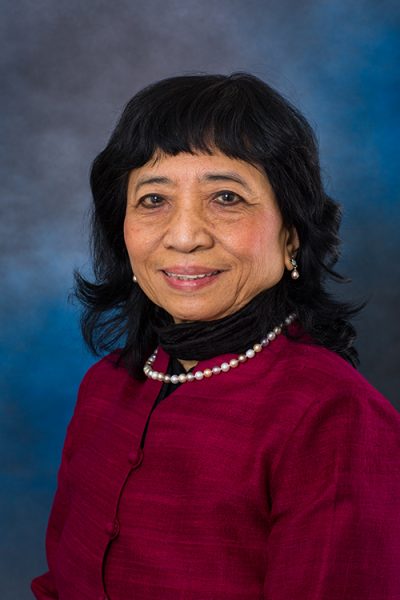Scientist-educator collaborations reveal world to students
December 10, 2019
Carolyn Rosner
760-920-3721

University of Alaska Fairbanks scientists presented their work at the American Geophysical Union’s fall meeting in San Francisco this week. This article is part of a series highlighting UAF research from the world’s largest Earth and space science meeting.
Scientists and educators collaborate in myriad ways to benefit students.
Researchers may approach teachers to engage students in their research. Or teachers may solicit an an expert’s perspective on a subject their students are learning.
Elena Sparrow, a University of Alaska Fairbanks research professor, said some of the best collaborations are longer-term and incorporate required science education standards.
Sparrow, director of education and outreach at UAF’s International Arctic Research Center, discussed such collaborations during the annual American Geophysical Union meeting Dec. 9-13 in San Francisco.
Over the course of a semester or year, for example, graduate students may work with K-12 educators in a classroom, Sparrow said. The graduate students learn how to communicate their science to diverse audiences. In return, they learn practical skills, such as how to manage a lively classroom full of students.
Collaborations happen outside the classroom, too. In the PolarTREC (Teachers and Researchers Exploring and Collaborating) program, educators work alongside researchers on field expeditions in the Arctic and Antarctic.
Other collaborations result from professional development workshops, Sparrow noted. Examples include programs such as Arctic Harvest: Public Participation in Scientific Research; The Arctic in the Classroom; Long-Term Ecological Research Schoolyard; Global Learning and Observations to Benefit the Environment; and Arctic and Earth SIGNs (STEM Integrating GLOBE and NASA).
Post-collaboration, Sparrow said, success is often measured through student evaluations. Educators and scientists may also report how the collaboration has affected their own work.
Through collaboration with scientists, teachers find creative ways to reveal more of the world to their students. That helps bridge the gap between this generation’s groundbreaking science and the next generation’s career paths.
Sparrow's talk, "Scientist-Educator Collaborations in STEM and the Geosciences," was Tuesday, Dec. 10. Read an abstract summarizing the presentation.


